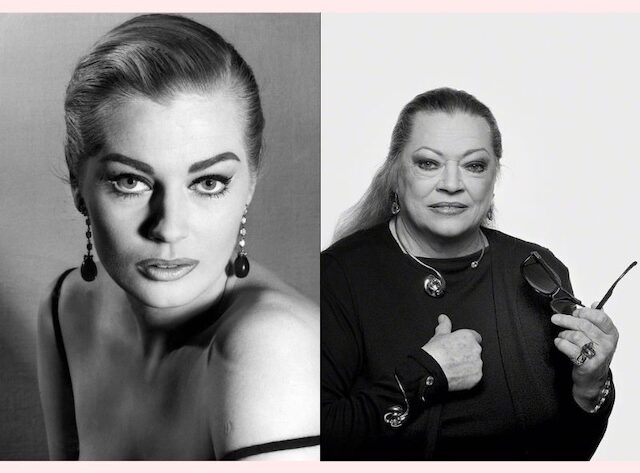Anita Ekberg is one of the most iconic figures in cinema, celebrated for her role in Federico Fellini’s masterpiece, La Dolce Vita (1960). Known for her captivating beauty and unforgettable performances, Ekberg became a symbol of glamour and allure during the 1950s and 1960s. Her career spanned both Hollywood and European cinema, and though her roles often emphasized her physical appearance, her acting prowess and lasting influence on both film and popular culture cannot be overlooked. This article takes a closer look at her journey from a Swedish beauty queen to a renowned international star, exploring her personal life and the enduring legacy she left behind.
Early Life: A Swedish Beauty with Global Aspirations
Anita Ekberg was born on September 29, 1931, in Malmö, Sweden, under the name Kerstin Anita Marianne Ekberg. Raised in a middle-class family, her early life was humble, with her father working as a traveling salesman and her mother a homemaker. Ekberg’s passion for beauty and fashion emerged early on, and she participated in local beauty contests, winning several titles. Her tall stature (standing at 5’8″) and striking looks made her stand out even as a teenager.
In 1950, she entered the Miss Sweden pageant, a competition that would mark a pivotal moment in her life, even though she did not win. This event caught the attention of American producers, leading to her move to the United States. Ekberg soon became a sought-after model, gracing the covers of prominent magazines like Vogue and Life. Her beauty quickly caught the eye of Hollywood scouts, and by the early 1950s, she was signed by Universal Pictures.
Ekberg made her film debut in the 1953 comedy Abbott and Costello Go to Mars. However, she was determined to prove that her talents extended beyond her looks. Seeking more meaningful roles, she moved to Italy, where European cinema provided more suitable opportunities, both professionally and artistically.
.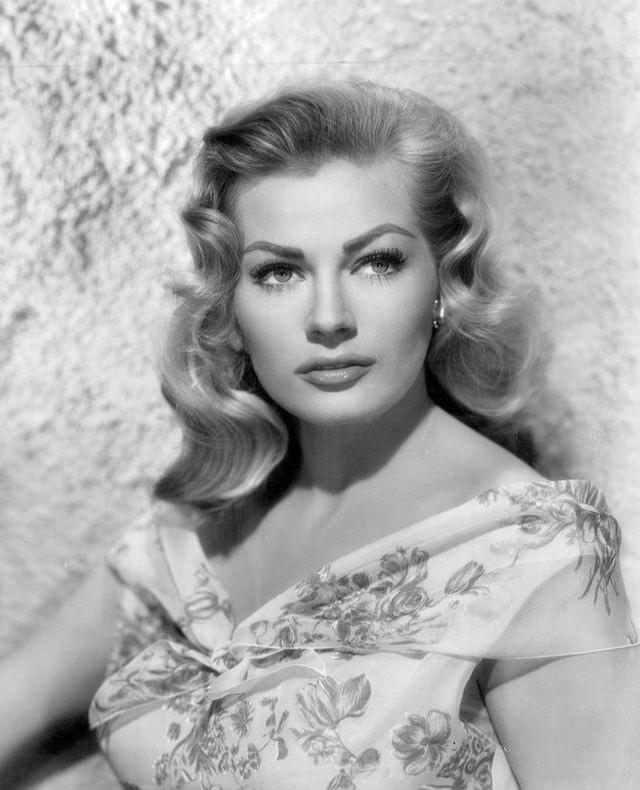
Breakthrough Role: La Dolce Vita and Global Stardom
Ekberg’s career reached its zenith with her role in Federico Fellini’s La Dolce Vita (1960). The film, one of the cornerstones of Italian cinema, explores themes of excess, celebrity, and the emptiness that often accompanies fame. Ekberg played Sylvia, a Swedish actress whose beauty and allure symbolize the hedonistic decadence of Roman high society.
One of the most memorable scenes in the film is when Ekberg, dressed in an elegant gown, wades into the Trevi Fountain in Rome, urging Marcello Mastroianni’s character, Marcello, to join her. This moment, illuminated by soft lighting, became one of the most iconic images in cinematic history. The scene epitomized Ekberg’s enigmatic beauty and was a powerful symbol of the hedonistic pleasures that the film critiqued.
La Dolce Vita was a global success, winning the Palme d’Or at the Cannes Film Festival and cementing Ekberg’s position as an international star. Her performance was celebrated for its grace, sensuality, and depth. For many, Ekberg became the quintessential symbol of the golden age of Italian cinema, with her portrayal of Sylvia remaining a defining aspect of her legacy.
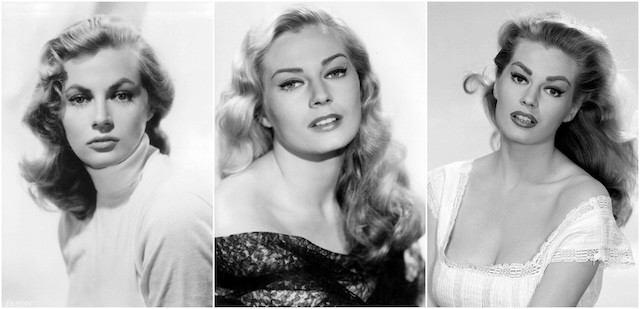
The Height of Fame: International Success and Icon Status
Following the success of La Dolce Vita, Ekberg’s fame spread across the globe. She starred in a series of European films throughout the 1960s, often playing the role of the „blonde bombshell“—the stunning woman at the center of a luxurious, high-society world. Films like Boccaccio ’70 (1962), The Girl in the Bikini (1963), and War and Peace (1956) showcased her on-screen presence and beauty.
Though often typecast for her striking appearance, Ekberg sought to display her acting range. She excelled in both comedic and dramatic roles and navigated the complexities of transitioning from European cinema to Hollywood. Her versatility as an actress and her determination to break away from stereotypical roles highlighted her skill and adaptability in the ever-evolving film industry.
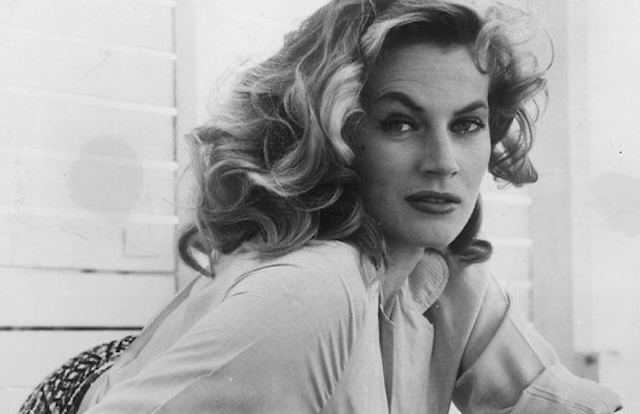
Ekberg’s popularity extended beyond film. She became a global icon of beauty, elegance, and the ultimate femme fatale. Her personal life, including her high-profile relationships with stars such as Italian actor and director Marcello Mastroianni, added to her mystique. Paparazzi eagerly followed her every move, contributing to her status as a symbol of glamour and sophistication.
Personal Struggles and Career Decline
As the 1960s came to an end, Ekberg’s career began to shift. New acting talents emerged, and the film industry’s tastes changed, leading to a decline in the roles available to her. By the 1970s, Ekberg found herself relegated to B-movies and lower-budget productions. Despite the praise she received for her performances, these films lacked the star power and glamor of her earlier roles.
Ekberg also faced personal challenges, including a difficult marriage to actor Anthony Steel in the 1950s, as well as financial struggles and emotional setbacks. Although she continued to appear in films and on television, the roles she received no longer had the same high-profile prestige that had made her a star.
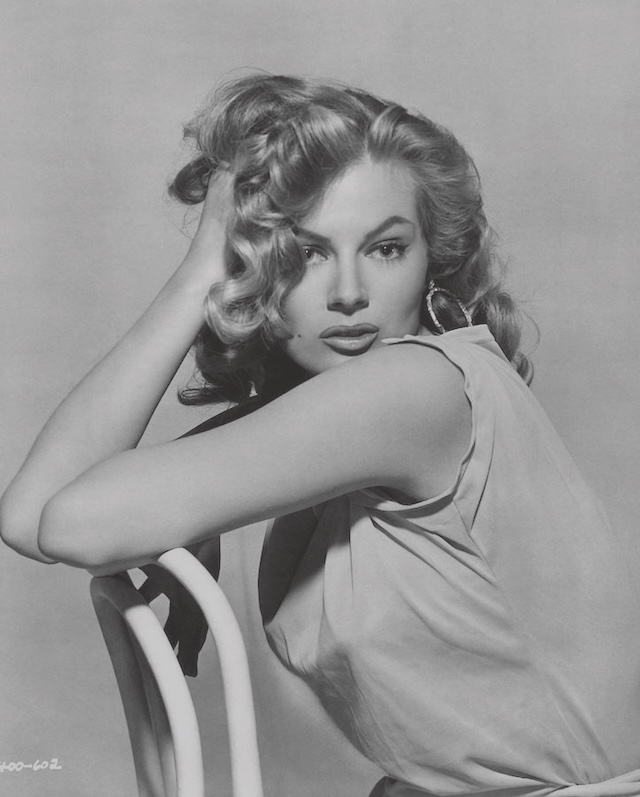
Legacy and Later Years: A Hollywood Icon Who Never Faded
Despite the decline of her career in the 1970s, Ekberg’s status as a cinematic icon remained intact. She continued to appear in retrospectives and interviews, reminding audiences of her contributions to the film industry. During the 1980s and 1990s, Ekberg made several public appearances, evoking nostalgia for the golden age of cinema.
In her later years, Ekberg chose to live in Italy, where she adopted a more reclusive lifestyle, though she still engaged with the public on occasion. She spent her final years in Rome, reflecting on her illustrious career in interviews. Anita Ekberg passed away on January 11, 2015, at the age of 83, leaving behind a remarkable legacy in the world of cinema.
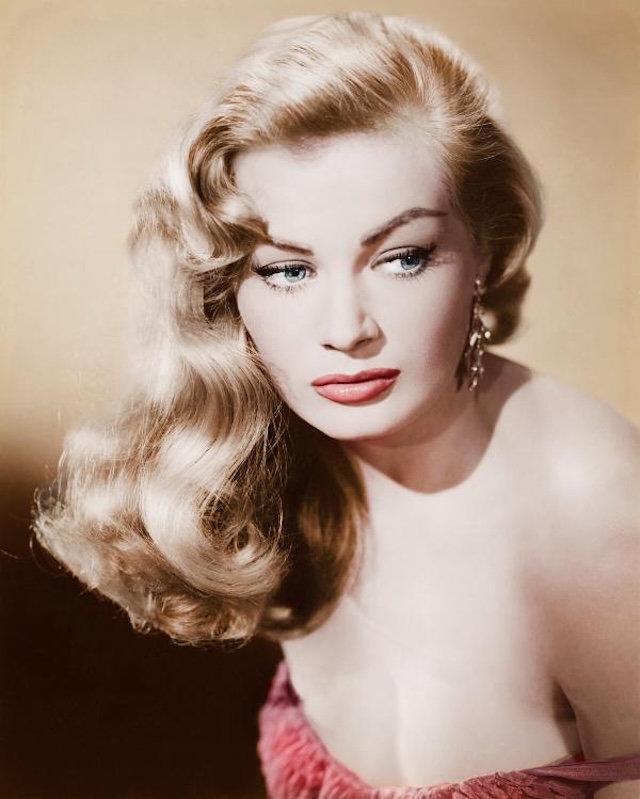
The iconic image of Ekberg in the Trevi Fountain continues to be celebrated as one of the most unforgettable moments in film history. Her beauty, boldness, and commitment to her craft have left an indelible mark on both Hollywood and European cinema, ensuring that her influence will endure for generations to come.
Conclusion: The Timeless Allure of Anita Ekberg
Anita Ekberg’s journey through the world of cinema is a testament to the glamour, challenges, and complexities of being an international star. From her breakout role in La Dolce Vita to her status as an emblem of mid-century cinematic elegance, Ekberg’s legacy continues to resonate in the world of film. Though she faced personal and professional hardships, her timeless beauty, on-screen presence, and contribution to the art of cinema remain legendary.
Her iconic role as Sylvia, her lasting influence, and her status as a cinematic goddess ensure that Anita Ekberg will always be remembered. While she may no longer be with us, her star continues to shine brightly, immortalized in the world of film, beauty, and pop culture.
Contents
- Early Life: A Swedish Beauty with Global Aspirations
- Breakthrough Role: La Dolce Vita and Global Stardom
- The Height of Fame: International Success and Icon Status
- Personal Struggles and Career Decline
- Legacy and Later Years: A Hollywood Icon Who Never Faded
- Conclusion: The Timeless Allure of Anita Ekberg

